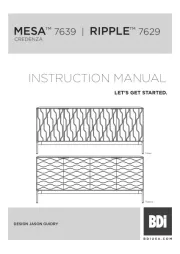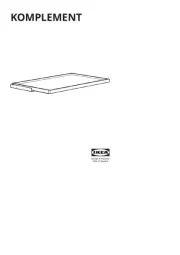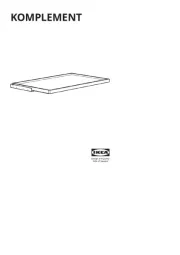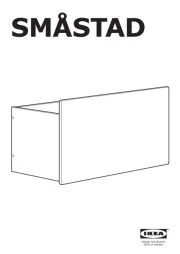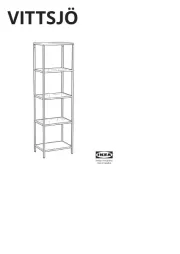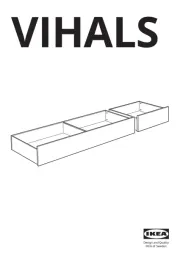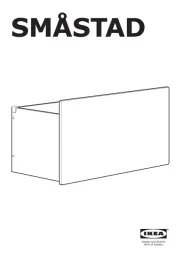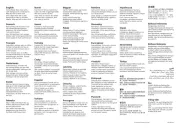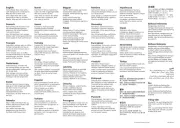Milwaukee 48-22-8557 Manual
Læs gratis den danske manual til Milwaukee 48-22-8557 (20 sider) i kategorien Skab. Denne vejledning er vurderet som hjælpsom af 20 personer og har en gennemsnitlig bedømmelse på 3.8 stjerner ud af 10.5 anmeldelser.
Har du et spørgsmål om Milwaukee 48-22-8557, eller vil du spørge andre brugere om produktet?

Produkt Specifikationer
| Mærke: | Milwaukee |
| Kategori: | Skab |
| Model: | 48-22-8557 |
Har du brug for hjælp?
Hvis du har brug for hjælp til Milwaukee 48-22-8557 stil et spørgsmål nedenfor, og andre brugere vil svare dig
Skab Milwaukee Manualer

Skab Manualer
- Bush
- Miomare
- Hooker
- BDI
- Rauch
- Sanus
- Parisot
- Step2
- United Office
- Leen Bakker
- Wehkamp
- Livarno
- Zuiver
- Tiger
- Bruynzeel
Nyeste Skab Manualer
